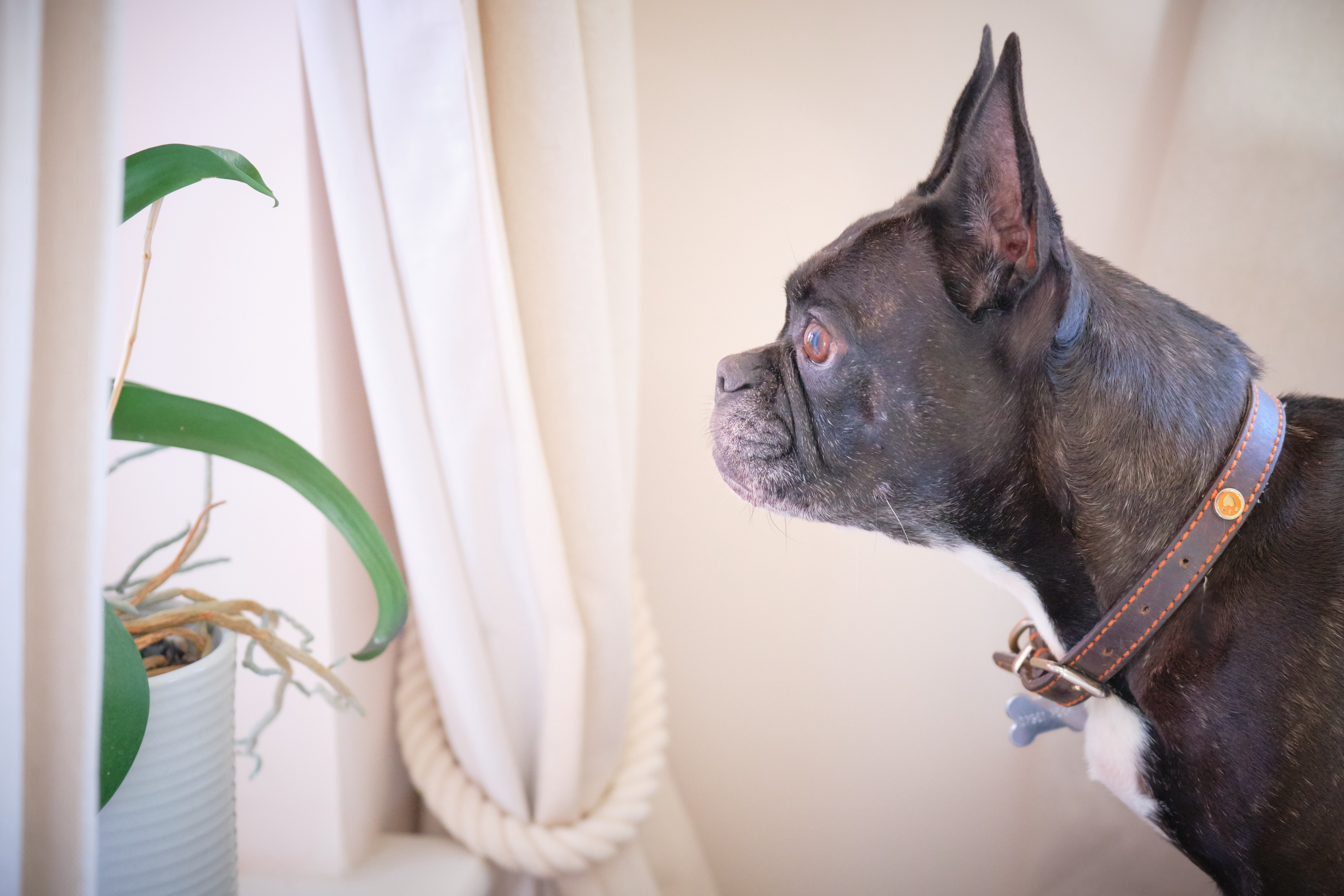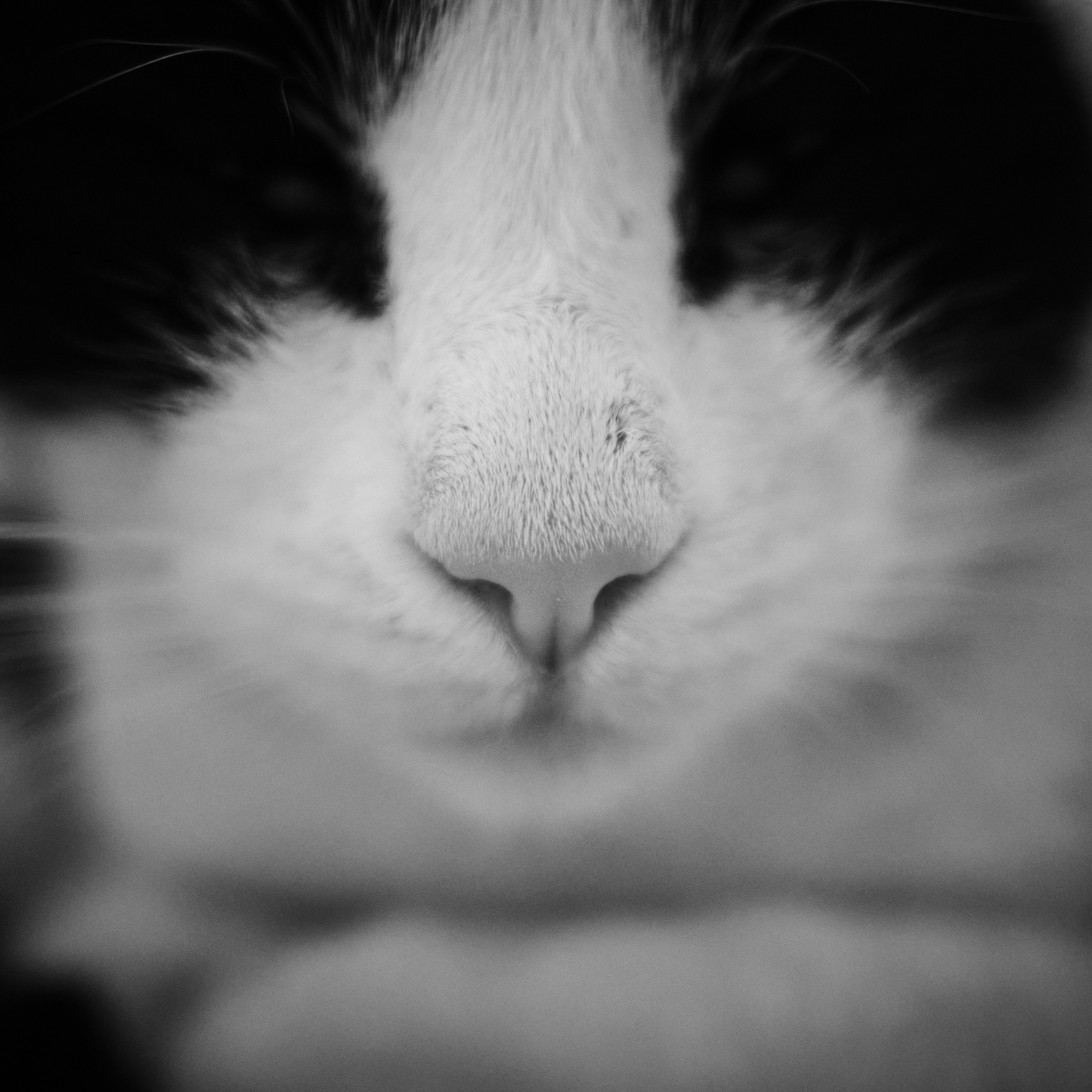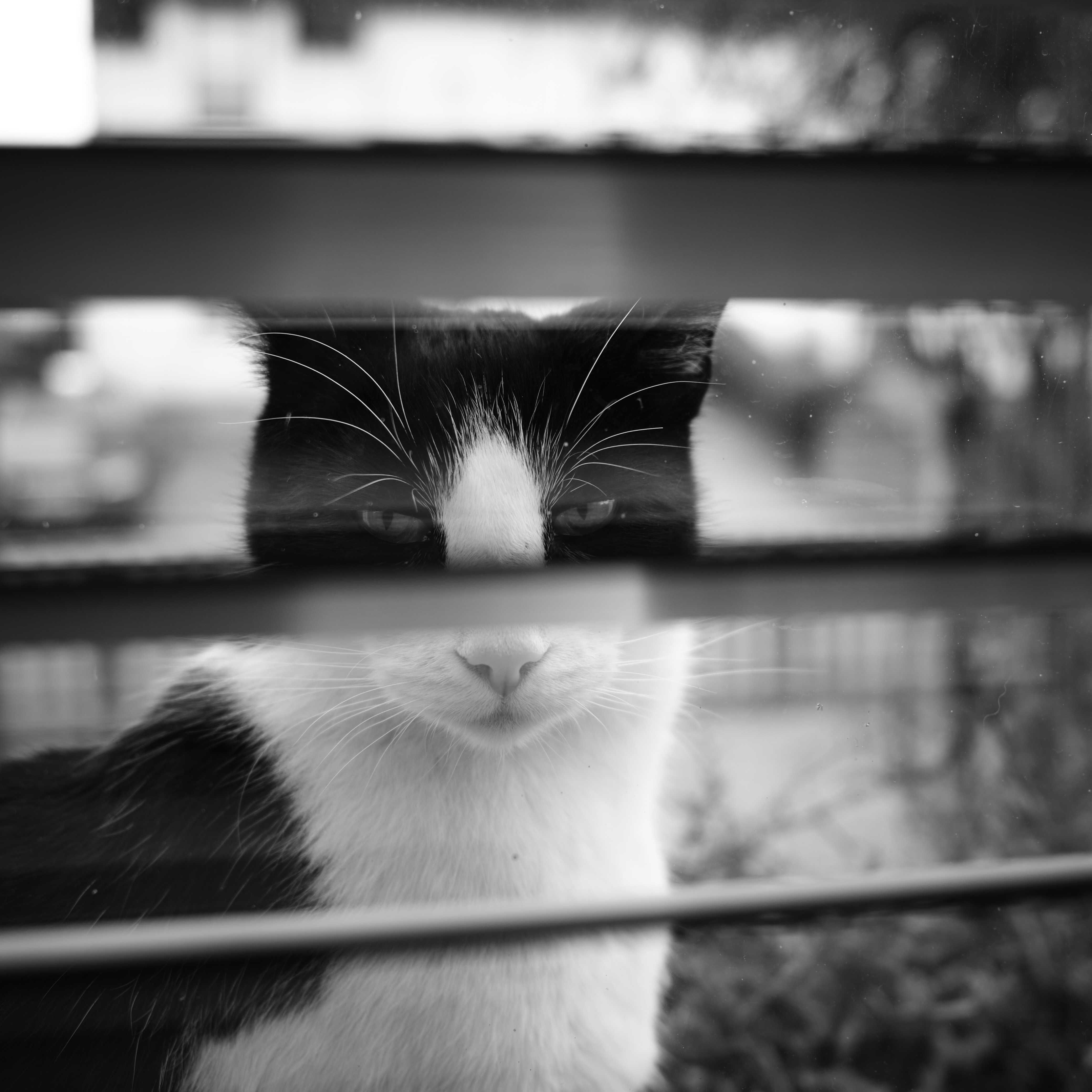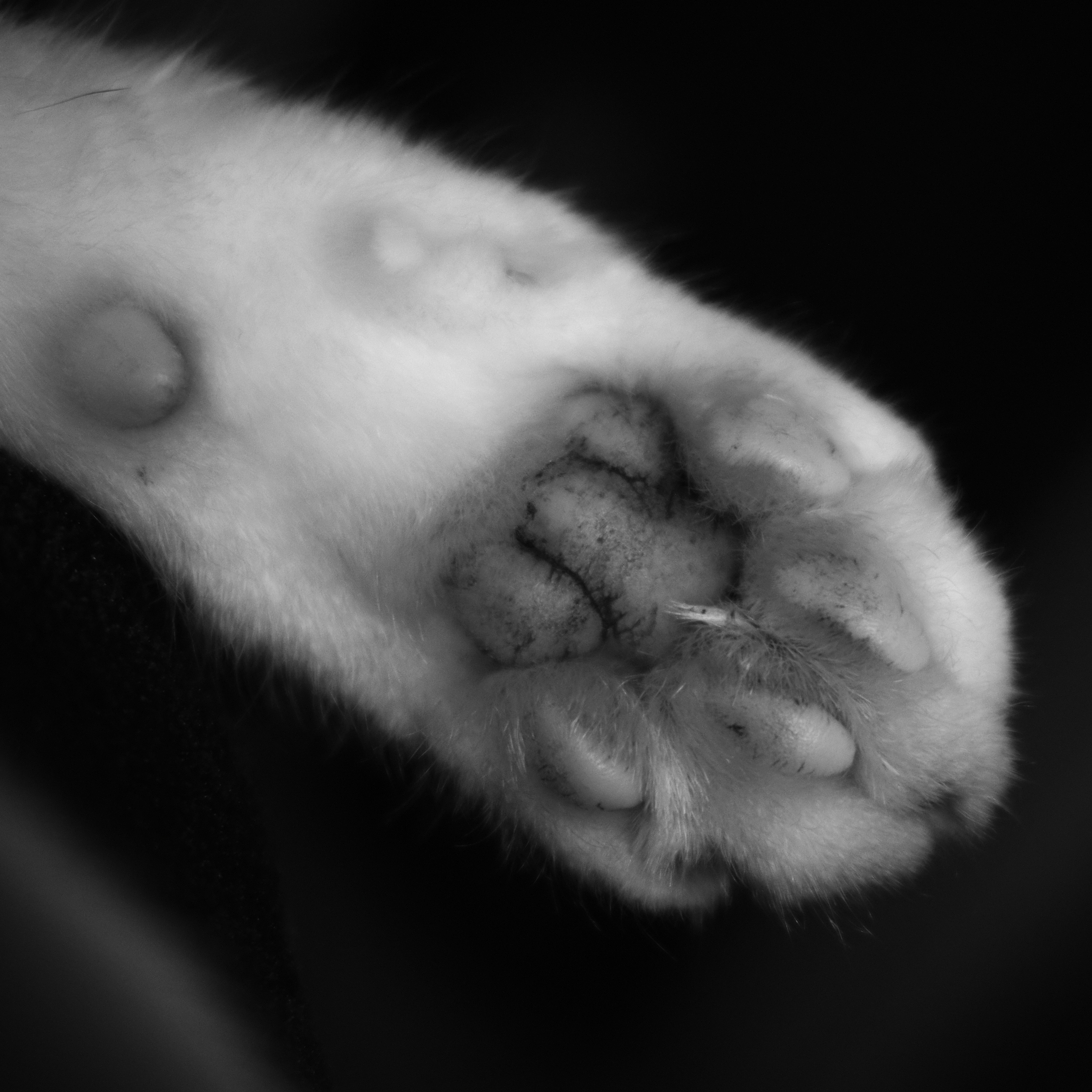FUJIFILM product specialists John Dallas and Liz Bray show you how to create pet portraits in the comfort of your own home.
If you’re stuck at home but share the company of a furry friend, then you’ve got yourself a great model to practice your portrait photography on. And if you love your pets as much as John and Liz, then you’ll love taking pictures of them. Here’s how to make sure you’ll love the results, too.
Meet the models
Introducing Louie the black and white cat and a Myrtle the French bulldog.
“Louie is a five-year-old, short-haired cat,” says John. “Everything is done on his terms. He has a great personality, loves a cuddle and he’s very inquisitive! If he had thumbs, I think we would all be in trouble!”
Myrtle, meanwhile, is an eight-year-old pooch who has “never learnt to sit or stay, a minor detail that made this project all the more interesting”, says Liz.
The kit
Along with a camera and willing pet, Liz and John note that you need to consider what lens you want to use. “In terms of lenses, a small zoom lens is ideal for pet photography, but you could use a longer one so you can keep a distance and prevent them from waking up or noticing you while shooting. You could even use a macro lens to be more creative. It’s also handy to have some toys and treats,” says John.
Get set up
“With the unpredictability of animals, you may find you have to move around quite a bit, potentially from room to room, or even to your garden where the light will be different,” explains John. “To avoid constantly changing settings, set your ISO to Auto, or choose a maximum ISO that you would want to use. You can then keep your shutter speed to get those action shots, as well as keeping a larger depth-of-field.”
John recommends shooting in single point autofocus and using the manual mode to set the shutter speed to 1/250sec and the aperture to somewhere between F5.6 and F8. “This should give you enough depth-of-field, but be mindful that the closer you get, the narrower your depth-of-field will be,” he says. “If you want to be really creative and shoot abstract shots, use your lens’s wider apertures. I do this the majority of the time and shoot at around F2, this creates impact and tells more of a story. As a personal preference, I also shoot with a 1:1 ratio as most of my images get uploaded to Instagram.”
Liz shoots with the FUJIFILM X-T3 and either the XF8-16mmF2.8 R LM WR or the XF50-140mmF2.8 R LM OIS WR lens. “As a basis, if I’m trying to capture movement, I usually set my camera to 1/1000sec, F8, ISO 400 and use CL burst mode, but if I’m shooting portraits, I’ll set 1/500sec, F2.8, AUTO ISO and shoot in single shot mode,” she says.
Get shooting!
When it comes to shooting, be prepared. “Spend some time observing them and understanding their mannerisms and traits,” advises John. “This will help you to predict their movement. Having a pocket full or treats to hand or their favourite toy will mean you can keep them amused and grab their attention, and of course reward them.”
“A handful of pet treats always helps,” agrees Liz. “Call your pet’s name or make sounds they react to, to get them to look at the camera. Most pooches will look towards the treat, so you can use this to get the portrait you want.”
It’s also worth considering taking off any collars as they can be distracting in the final image and remember to focus on the eyes. “If you can manage to catch lights in the eyes, it can make the final image pop.”
And the duo’s top tip for perfect pet portraits? If you have a tilt screen, use it to help you get down and shoot at the pet’s eye level. “The best animal photos are taken when you are on the same level,” says Liz.
Be creative
Once you’ve grabbed a few cute portraits, you can be a little more creative. “Try to focus on the details of your pet – their nose, ears and paws for example,” suggests John. “It’s also good to try to find unusual angles to give a fresh perspective, using the tilt screen can help you to achieve this. You could also use a wide-angle lens to distort the image for a fun portrait.”
We want to see your pet portraits! If you’ve got a posing pet, share your images on social media with the #FujifilmFromHome hashtag.
Enjoy!




















































